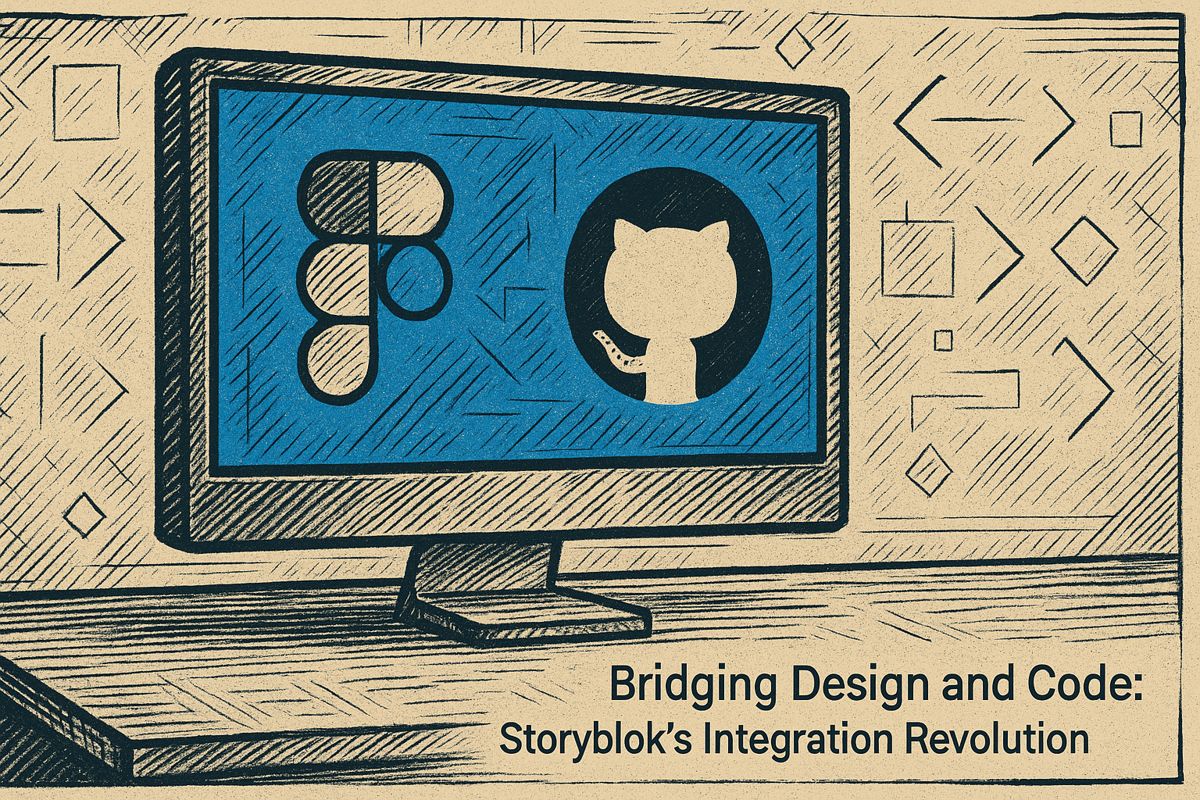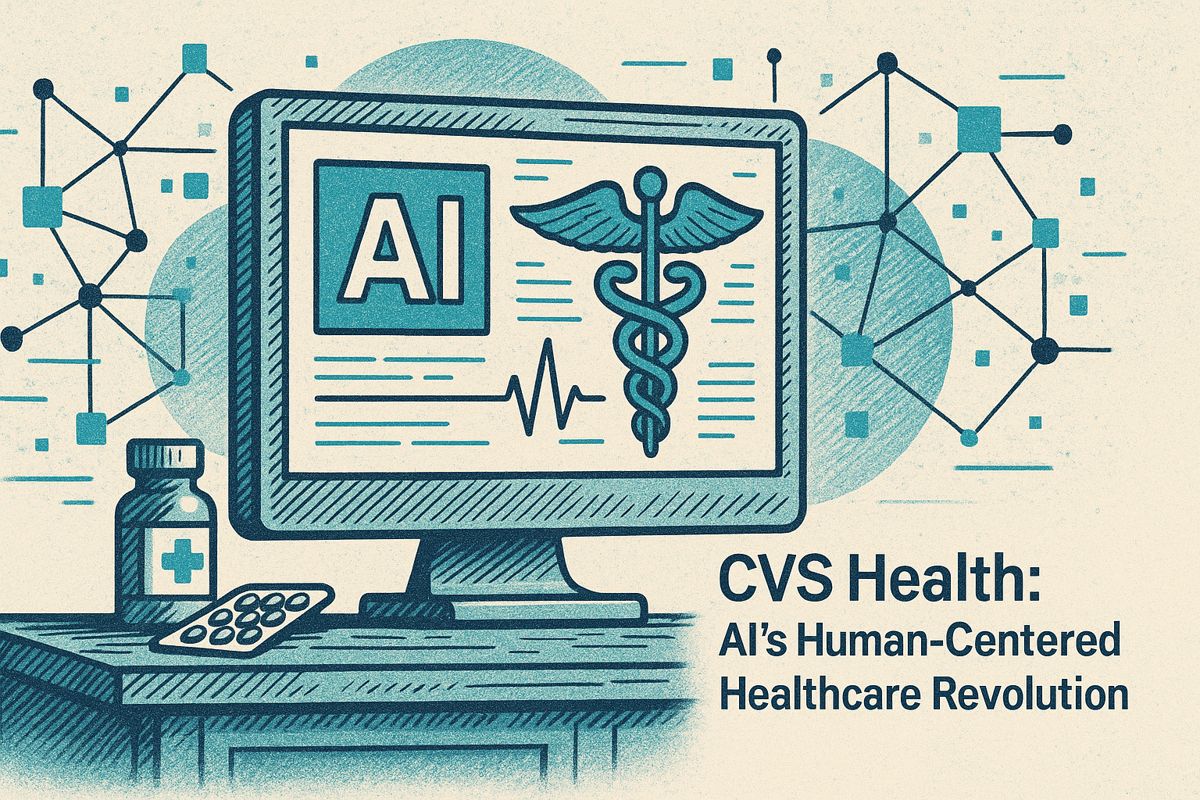Here’s the text with the most important phrase emphasized in markdown bold:
Storyblok’s new Figma and GitHub integrations are revolutionizing how designers and developers work together. By enabling direct component synchronization and seamless authentication, these tools dramatically reduce manual work and potential errors. Teams can now save up to 25% of collaborative time, transforming what used be a painful, error-prone process into a smooth, efficient workflow. The integrations allow instant transfer of design components from Figma to CMS and simplify content management with unified versioning. These innovations represent a significant leap forward in bridging the gap between design and development, making digital collaboration more intuitive and streamlined.
What Are Storyblok’s Latest Figma and GitHub Integrations?
Storyblok’s new integrations streamline design-to-development workflows by enabling direct component synchronization from Figma to CMS and seamless GitHub authentication, reducing manual work, minimizing errors, and saving teams up to 25% of their collaborative time.
My Pixel-Perfect Panic: Remembering a Handoff Nightmare
A few days ago, I spotted a post about Storyblok rolling out shiny new integrations with Figma and GitHub. It sent me right back to my first “real” dev job—the one that taught me to wince at every Slack ping after midnight. Picture this: a Figma cathedral crafted by a designer who could make even a login screen feel like the Sistine Chapel, hurling screens my way while I tried to wrestle their grand vision into a content management system. The process? Less like a well-oiled assembly line and more like a game of hot potato—except the potato was packed with last-minute design changes and a faint scent of burnt coffee.
There was this one project—e-commerce, naturally, with a timeline so tight you could’ve played a tune on it—where our design “handoff” amounted to a PDF and a whispered prayer. My colleague Ben, who lived on espresso and existential dread, summed up his frustration best: “These mockups might as well be in cuneiform.” We attempted to bridge the chasm over hours of Zoom calls, but somehow, pixels still slipped through the cracks. Our days became rituals of manual checks and pixel-matching, the kind of work that gives you carpal tunnel and a permanent eye twitch. (Ever feel the urge to just… scream quietly at your keyboard?)
Still, I can’t help but wonder: what if we’d had these new integrations back then? Would the late-night groaning—mine, Ben’s, and even the designer’s—have faded into a mere footnote?
What Storyblok Brought to the Table: Real-World Value or Just Another Feature?
Let’s dig into the nuts and bolts. Storyblok now syncs up with both Figma and GitHub, but what does that really mean for teams in the trenches? For starters, the Figma integration lets you sling components straight from your Figma artboards into Storyblok as living content blocks. No more side-by-side windows, no more hunting through endless folders for the latest PNG. I tried this workflow last week, and the difference is palpable—the plugin practically hums under your fingertips, sliding frames into the CMS with a silky click. The automatic image preview support even lets you hover for a real-time glimpse, as if your designs are inviting you to just get on with it.
Switching gears, GitHub authentication is now baked in. No more juggling a tangle of logins—one click, and you’re in, using the same credentials you trust to safeguard years of commits. Content editing now orbits the same planet as code versioning. Oddly, this makes content models feel less like static relics and more like living documents, subject to the same rigorous scrutiny as your code. I used to worry about code and content drifting apart like distant galaxies—this integration reins them in, without the drama.
These upgrades aren’t just icing—they’re the cake. Headless CMS platforms used to be glorified buckets, but now, platforms like Storyblok are pushing the envelope. They’re shaping up to be the connective sinew of digital teams, the kind that lets you flex and move without snapping. (And you can bet the other players—Contentful, Netlify—are watching closely.)
Why It Matters: Minutes Lost, Weeks Saved, Nerves Intact
Here’s where the gears really grind—time. Every time an urgent design update forced me to hand-edit a component, I could practically hear my weekend plans evaporating. Ten minutes here, half an hour there; multiply by a few dozen iterations, and suddenly you’re hemorrhaging whole days of skilled labor. With Storyblok’s Figma integration, you can leapfrog the most error-prone steps, sidestepping translation mishaps and miscommunication like a skilled dancer dodging spilled drinks at a crowded party.
The numbers don’t lie. At CoachHub, Storyblok integrations doubled the number of supported languages and freed up a solid 25% of their team’s time. Henning Heppner at igus called the Figma integration a “game changer”. —and honestly, I almost snorted my coffee when I read that, because I’ve been that overcaffeinated engineer muttering about design drift at 2 a.m. These aren’t just features for the sake of a press release. They’re high-octane accelerants for real teams under real pressure.
And the sensory rush of seeing your design rendered, live, without the usual mishmash of screenshots and guesswork? It’s like trading a flip phone for a smartphone; suddenly, you wonder how you ever coped. The faint click of a mouse, the slight flicker of a preview image—it’s oddly satisfying. (Is it weird that I get a tiny thrill from watching a sync bar fill up?)
A Few Quirks, A Lot of Hope: Where Storyblok Is Taking Us
I’ll admit, I sometimes get a little evangelical about clever tooling. Maybe that’s the leftover trauma from chaotic handoffs, or maybe it’s just the sweet relief of not having to memorize another password. But if you’ve slogged through a build where the design and code felt like they were speaking in tongues, you’ll recognize the quiet beauty in these updates. It’s navigation by GPS, not by compass and luck.
Are there still rough edges? Of course—I once tried to sync a wonkily-named Figma frame and spent ten minutes wondering why it disappeared into the void… but that’s a story for another time. Every toolchain has its quirks, and I’d be lying if I said this integration solved every last problem. But these are the kinds of changes that actually move the needle, in ways



















